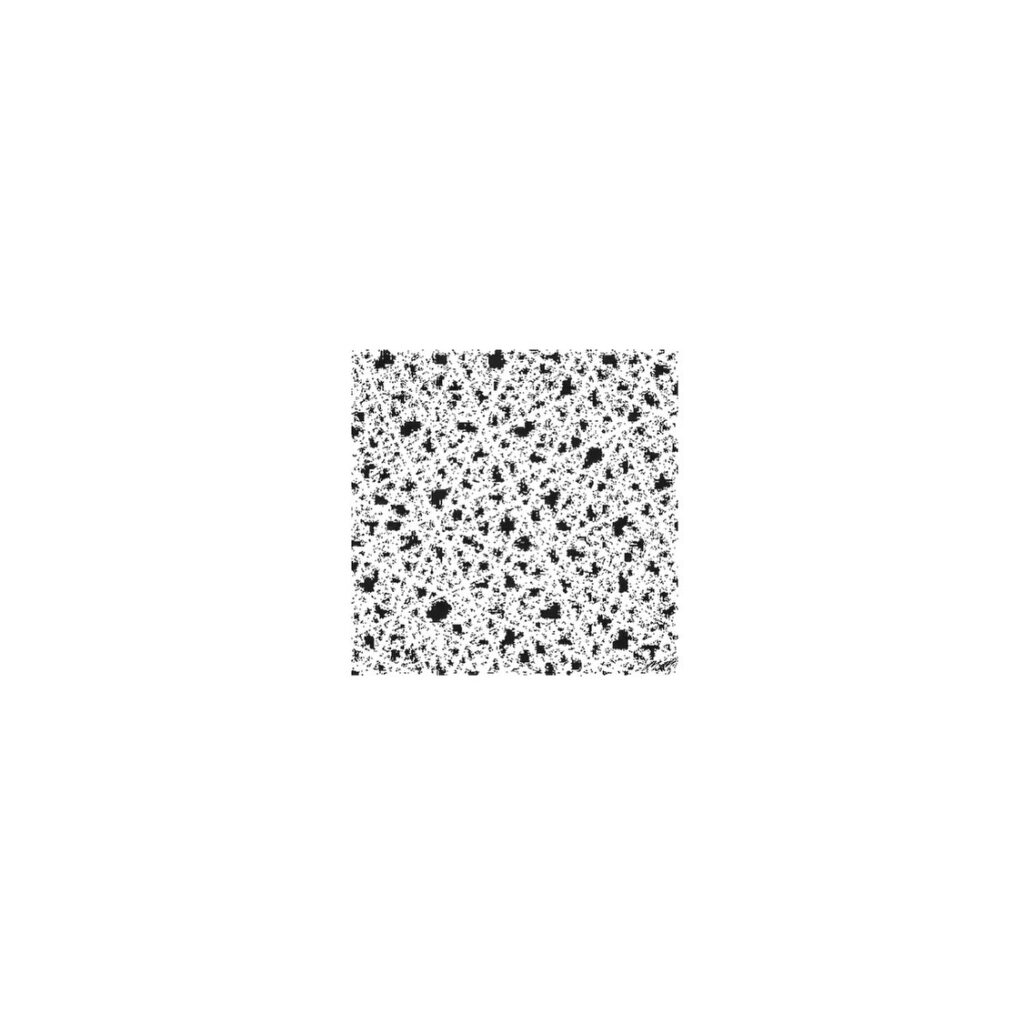



In attempting to post a creative segment for my “blog post” this week, I was reminded of the cost of giving into the charms of contemporary technology, specifically the ways in which artists, especially those working with more technologically advanced mediums (such as film or photography) can lose sight of the overall damage left behind by the remnants of such a technology. In chapter four of T.J. Demos’ book, Against the Anthropocene, Edward Burtynsky’s Oil Fields #27, Bakersfield, California, USA is described as a photograph wherein “technology merges with nature, unified aesthetically, composing a picture that is, monstrously, not only visually pleasurable…” (65).
Though Burtynsky acknowledges the dangers of Climate Change, he does not see the full repercussions of the moment. Despite this, Burtynsky’s art is beautiful and tends to evoke strong feelings from the viewer. However, Burtynsky’s photographs “naturalize petro capitalism” with their framing choices and editing.
Therefore, I found it liberating to work on my art pieces with the desire to perhaps open the door to more pressing discussions and questions about Modern Art and Climate Change. In these works, I use super imposition along with other photo editing techniques to try and make sense of the paradox of working with advanced technology, of having to give in to different media platforms upon which capitalism has made its mark, to ultimately critique the system by showing the ways in which it fractures the world. In this series of photographs, I seek to find a balance between our world and the one outside of us, hoping the worlds can be reconciled through the “putting together” of disparate parts (in this sense, Art is contrary to Capitalism which, despite appearing to also “put together” the world’s disparate parts through the global supply chain, only further fractures and divides the world through growing inequality and growth models which exploit the environment).
Influenced by “Kintsugi,” the Japanese art of repairing broken pottery by mending broken areas with various materials (lacquer, gold, silver, platinum), this artwork is aesthetically fractured, but whole, desiring to repair our world through the stitching of its various broken and damaged parts. In this sense, photographic superimposition is a symbolic reification of a harmonious repair of what is left and what is damaged.
I hope everyone enjoys this “Climate Change/Art” post and ponders interesting questions and thoughts on the project.



Wow, these are incredible! Your meditation on fragment/whole in relation to Kintsugi and the roles of art and capitalism frame these pieces in exciting ways for the viewer/reader. You raise important questions about art’s resistance to and complicity in capitalism, especially following Demos.
I LOVE the way you connect the brokenness of our world with broken imagery from art. Very Wabi-sabi.
Happy to see the philosophy and the practice of kintsugi brought in to the climate discourse! I’ve kintsugi’ed many of my broken ceramic pieces and it’s ways so satisfying, and I find them more beautiful than when they were unbroken. One kind of disturbing trend I’ve seen is that some artists have estheticized kintsugi – purposely breaking the piece in order to apply the kintsugi look, kinda like breaking the planet so they can geo-engineer it.
Gah – great observation Carol! Reminds me of an ‘Ancient Egypt’ exhibit I saw in a museum once with a display of mummified cats. Cats were worshipped at that time and it was forbidden to kill them, but there was a note on the case saying that when x-rayed it showed that the cats necks had been broken. So, someone wanted so badly to mummify the cats as an act of worship, they killed them!
Very cool! What an inventive and interesting thing to do. I’m in an Instagram addiction these days and these images are vastly different to the curated perfection (even when it’s imperfect it’s on purpose) happening on that platform. As we spoke about in class, our brains seem to need a narrative, so I find myself desperately looking at these pictures and trying to put them back together in a way that makes sense.